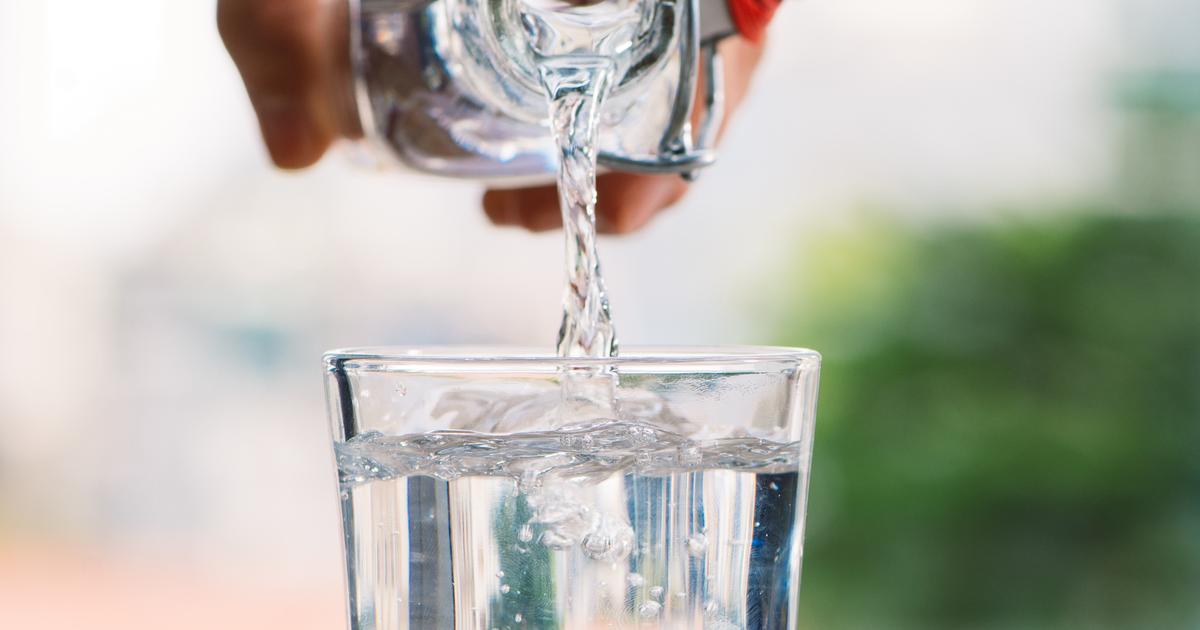Tips For Fasting Safely
Intermittent fasting has been used for centuries for religious reasons. It has become a very popular tool for weight loss in recent years. Followers of this dietary approach enjoy the flexibility of being able to choose when and how to fast. The fact that it only requires calorie restriction on fasting days helps many patients continue with this approach for longer than they would with a traditional diet involving daily restriction. Overall, patients tend to feel less deprived with fasting methods than more conventional plans, and they can still enjoy their favorite foods.
Studies show intermittent fasting is effective for weight loss and an insulin resistance treatment. However, any type of fasting, including clean fasting, can pose risks if done improperly. The fasting guide below outlines some key principles to keep in mind for safe fasting. Patients should, of course, ask their doctor before beginning a fasting regimen, including fasting for weight loss, to ensure they are healthy enough to do so.
Stay Hydrated

Some patients experience fatigue during a fast, and this can be exacerbated by dehydration. Most individuals get twenty to thirty percent of their daily fluid intake from the water naturally contained in the foods they eat. Thus, it is especially important to stay hydrated on fasting days. Patients should aim to drink more fluids on fasting days than they would on non-fasting days. While water is best, herbal tea, black coffee, and calorie-free beverages all count for fluid intake. If participating in a modified fast such as the 5:2 diet, patients may want to include juices or smoothies in their fluid intake for fasting days as well. Ideally, women should consume at least two liters of fluid on fasting days. Men are advised to consume a minimum of three liters.
Patients should drink fluids whenever they feel thirsty, even if they have already consumed the recommended amount of fluid for the day. Keeping track of urine color can be useful in estimating hydration levels. If urine is dark yellow, this suggests that the patient needs to drink more fluids. Pale yellow, nearly clear urine generally indicates the patient is sufficiently hydrated. Staying hydrated can help reduce hunger, and it may also reduce the headaches that sometimes occur during fasts.
Do Not Break A Fast By Feasting

Choosing to break a fast by feasting on large meals is very hard on the body's digestive system. Patients who do this could experience bloating, stomach pain, and fatigue. Additionally, feasting after a fast could hamper weight loss, slowing down the speed at which an individual can lose weight or perhaps preventing them from losing any weight at all. Instead of consuming a large meal after breaking a fast, experts recommend gradually reintroducing food over several hours.
For example, it can help to start by consuming a small quantity of fruit juice or a smoothie. If the individual is feeling well about thirty minutes after they consume this, they can add solid food. It is suggested to eat something bland such as cereal, toast, or mashed potatoes so the stomach is not upset by spicy foods. If patients have only fasted for a few hours and the fast did not involve abstaining from food entirely, it may feel comfortable to eat a small meal of whatever the patient would typically eat for that meal on a regular day. If bloating, stomach pain, or other symptoms develop or worsen after breaking a fast, patients should consult a doctor before trying to fast again.
